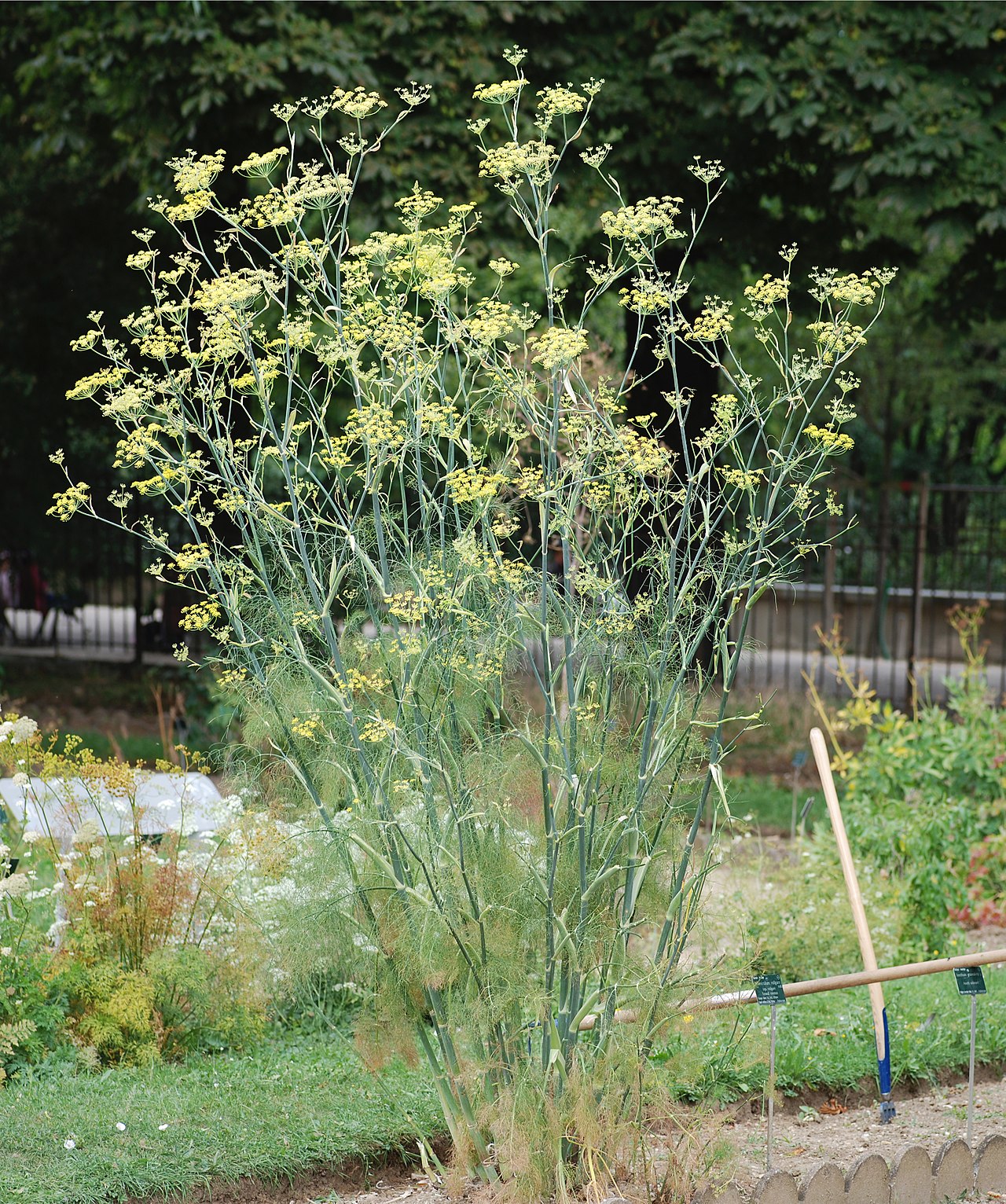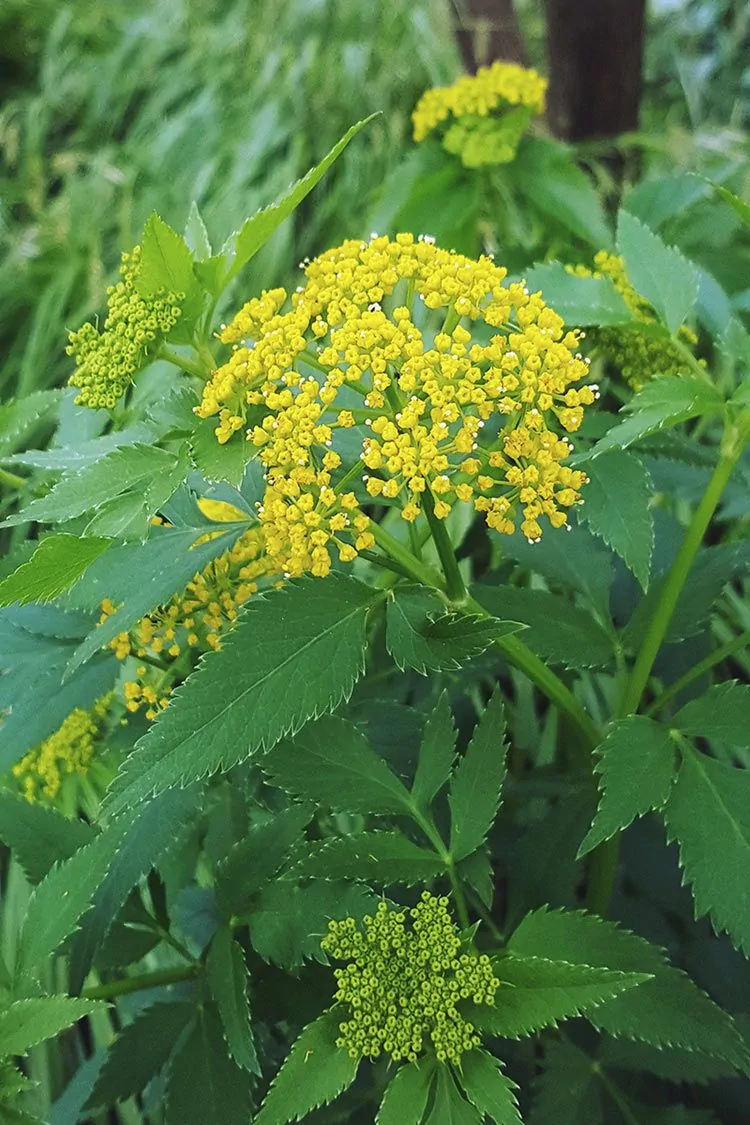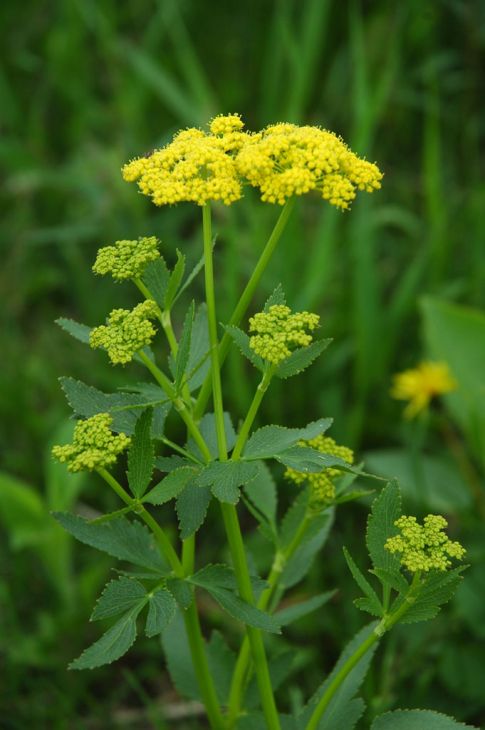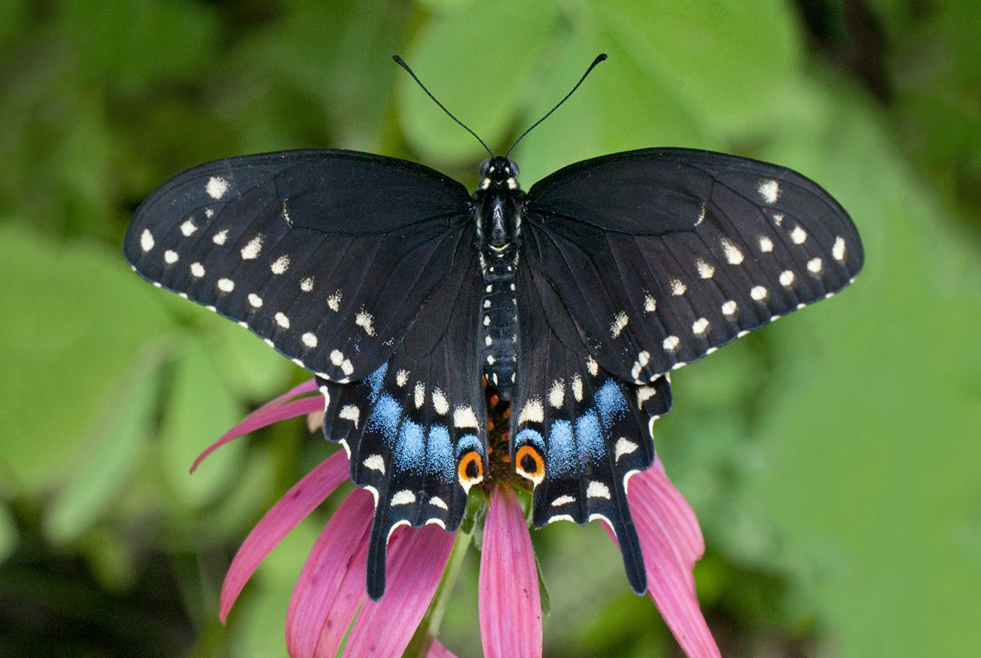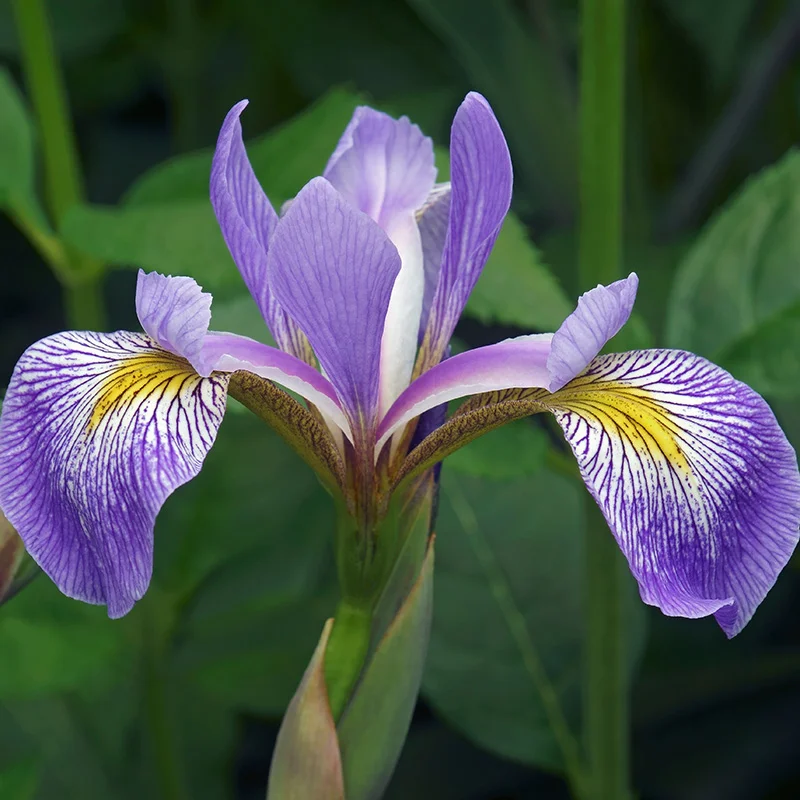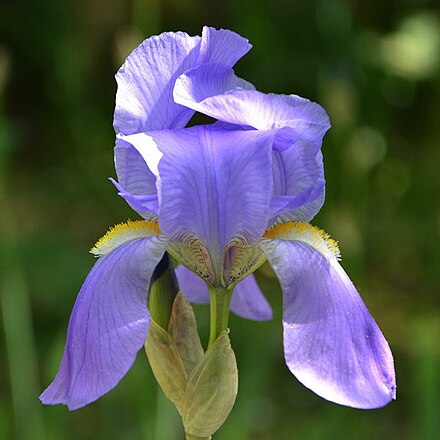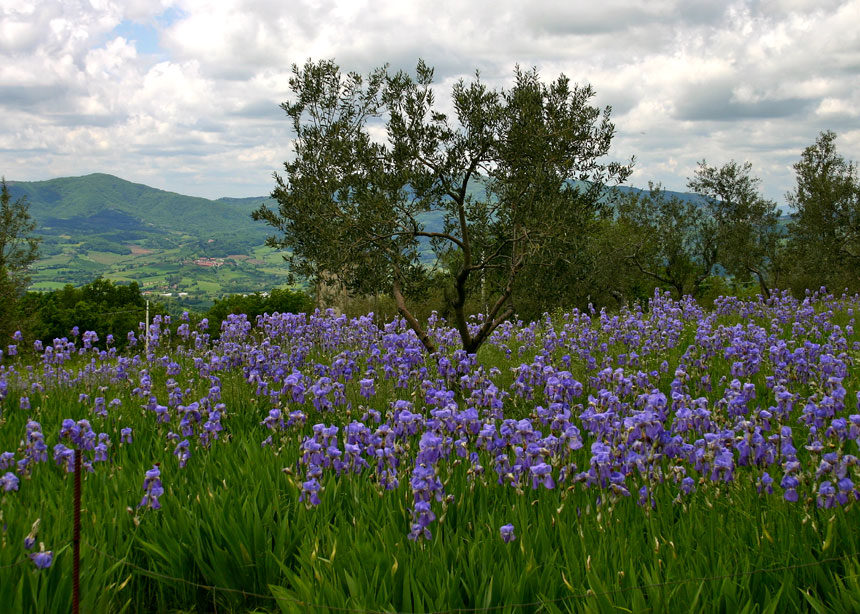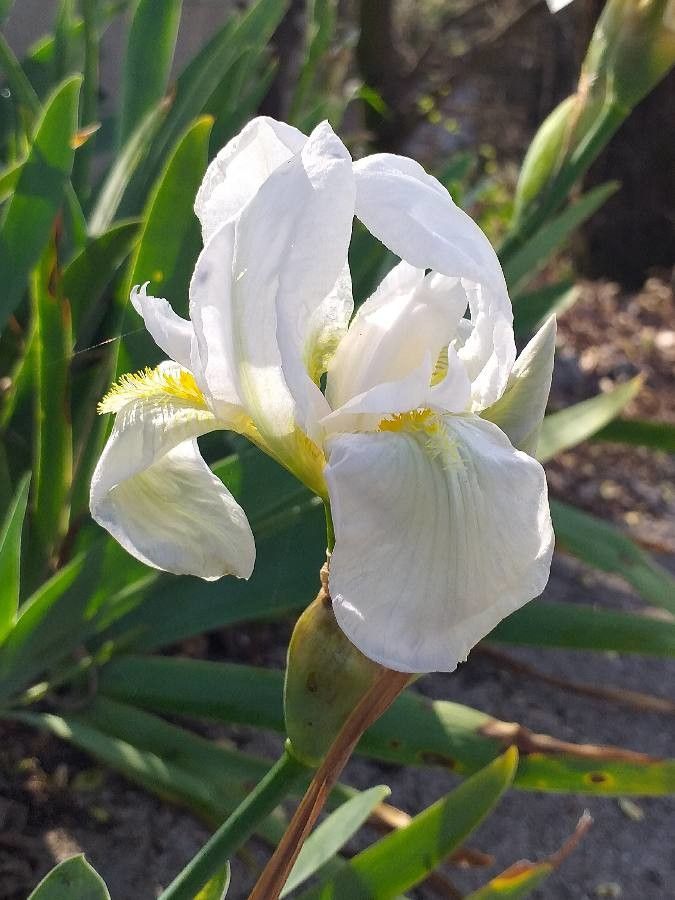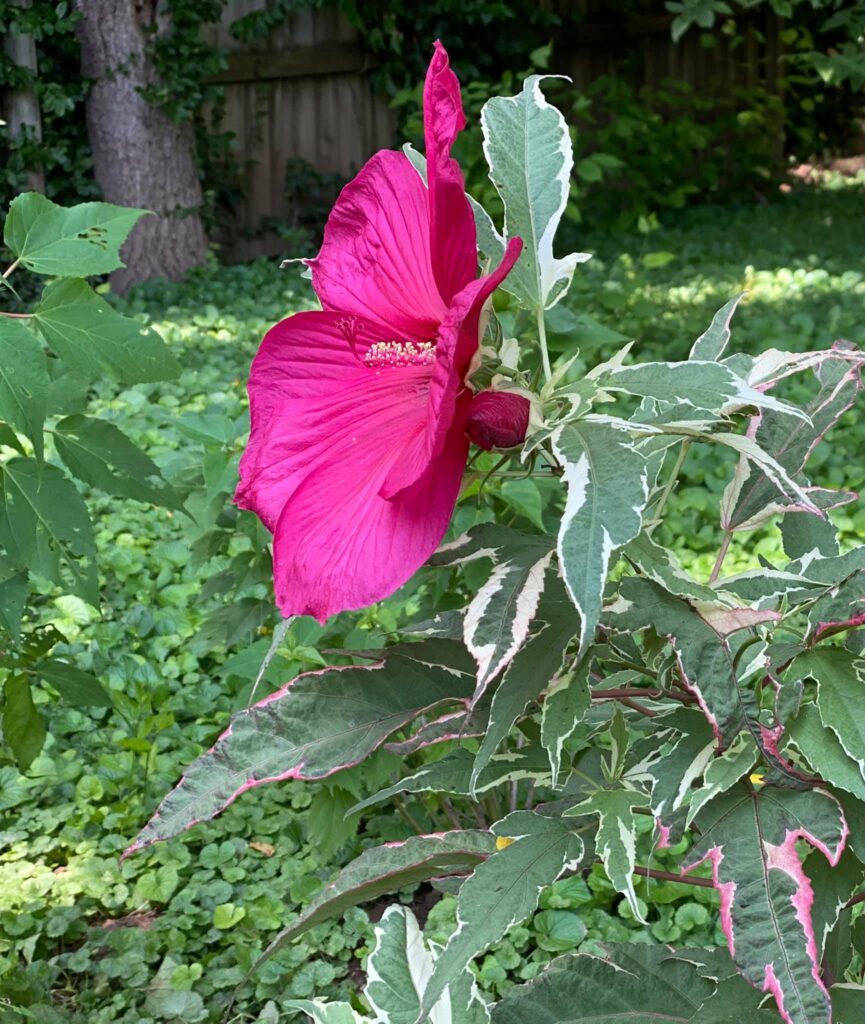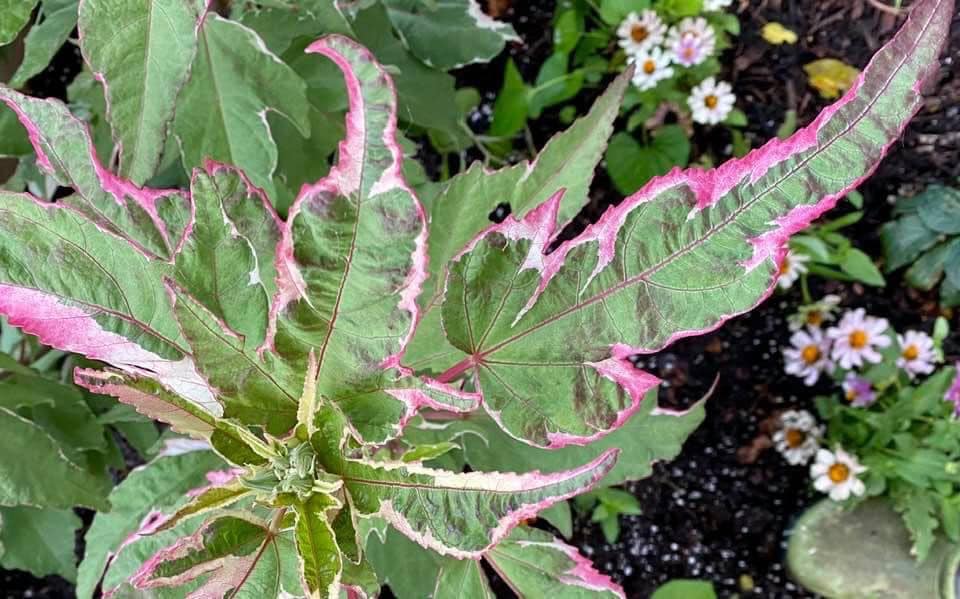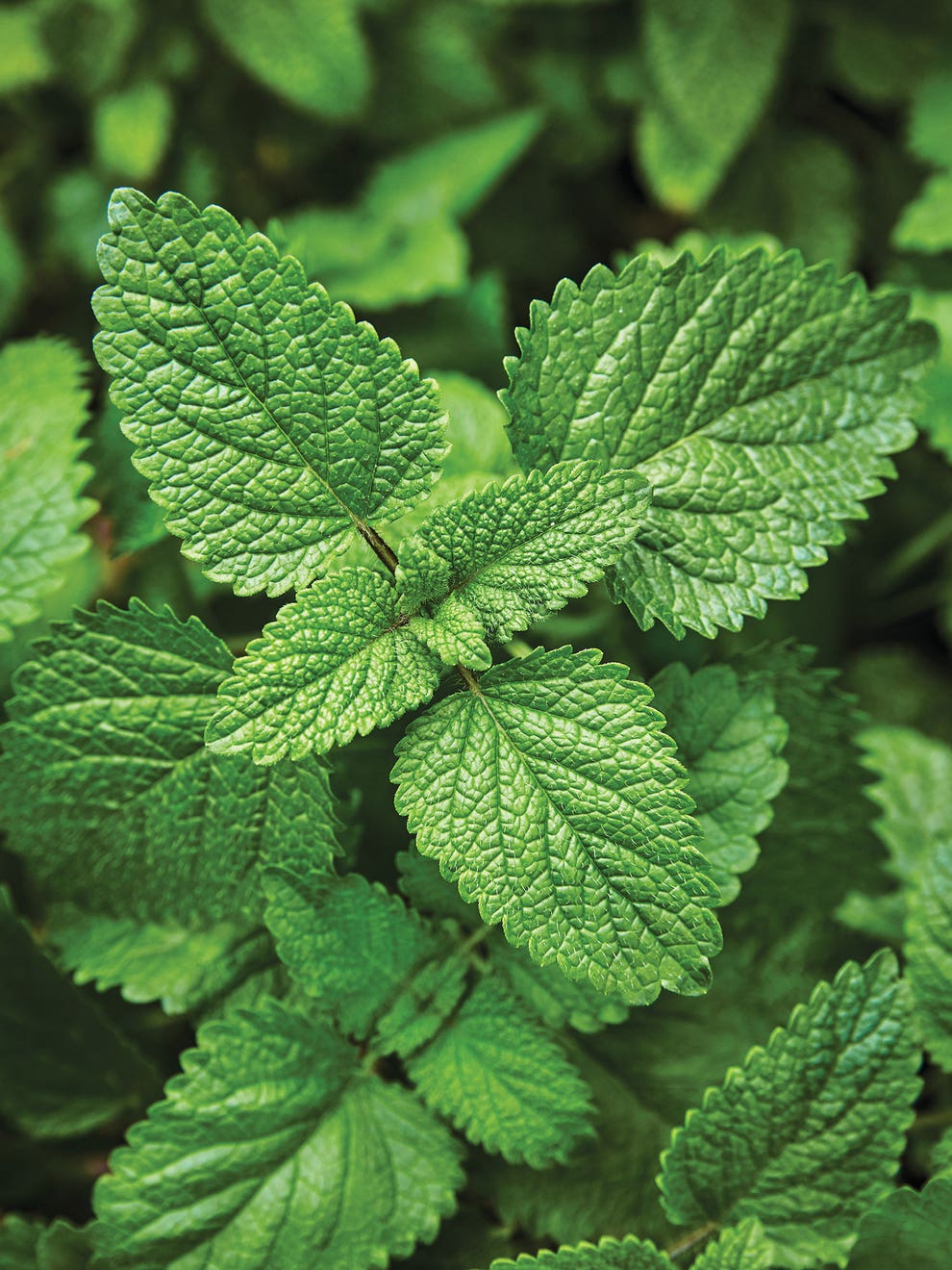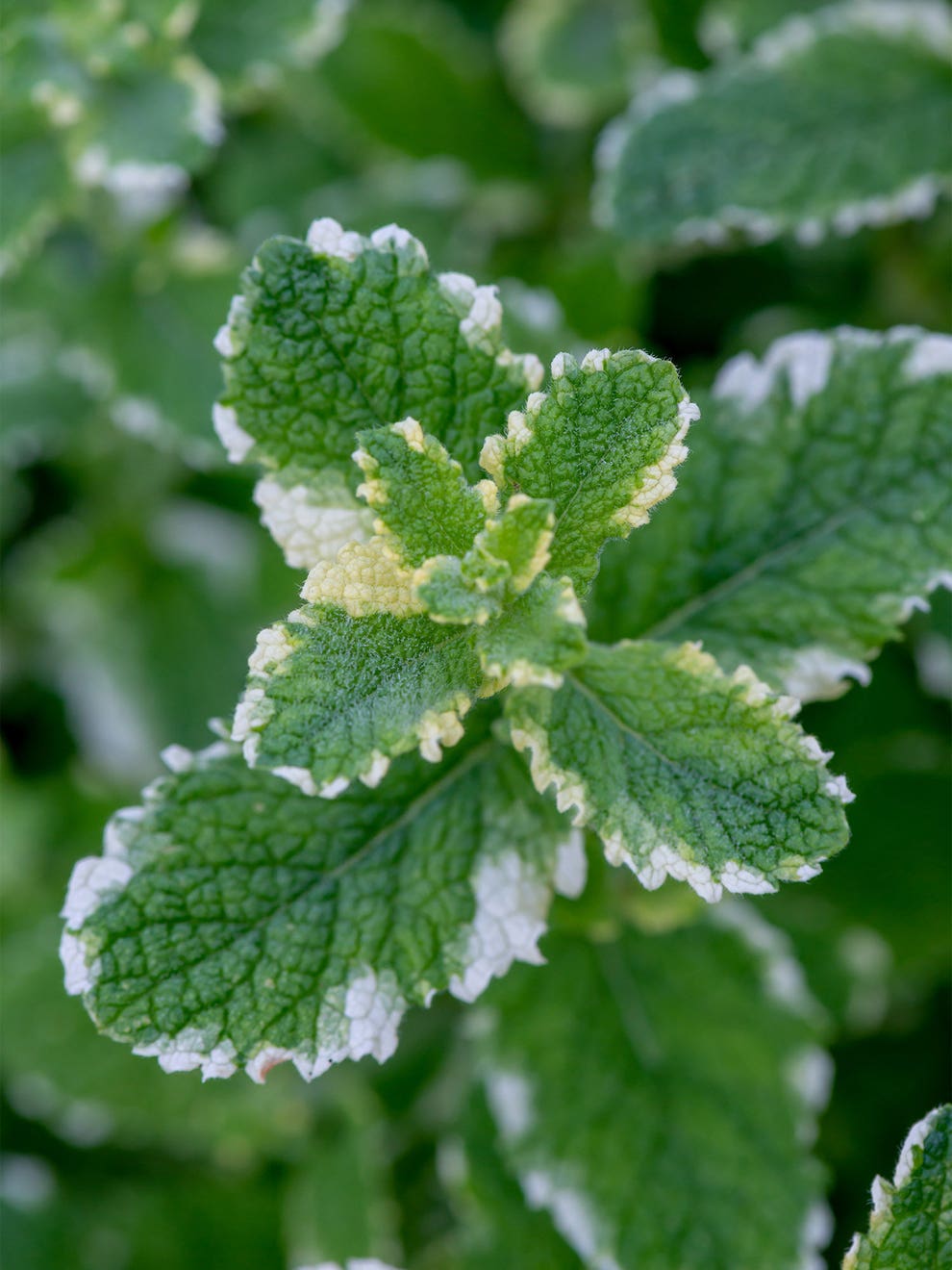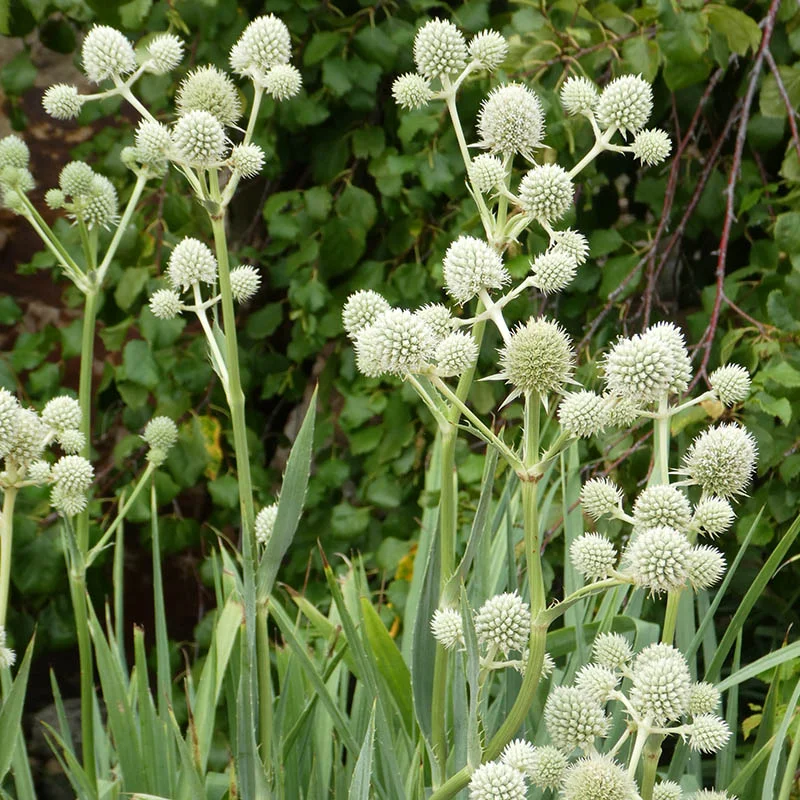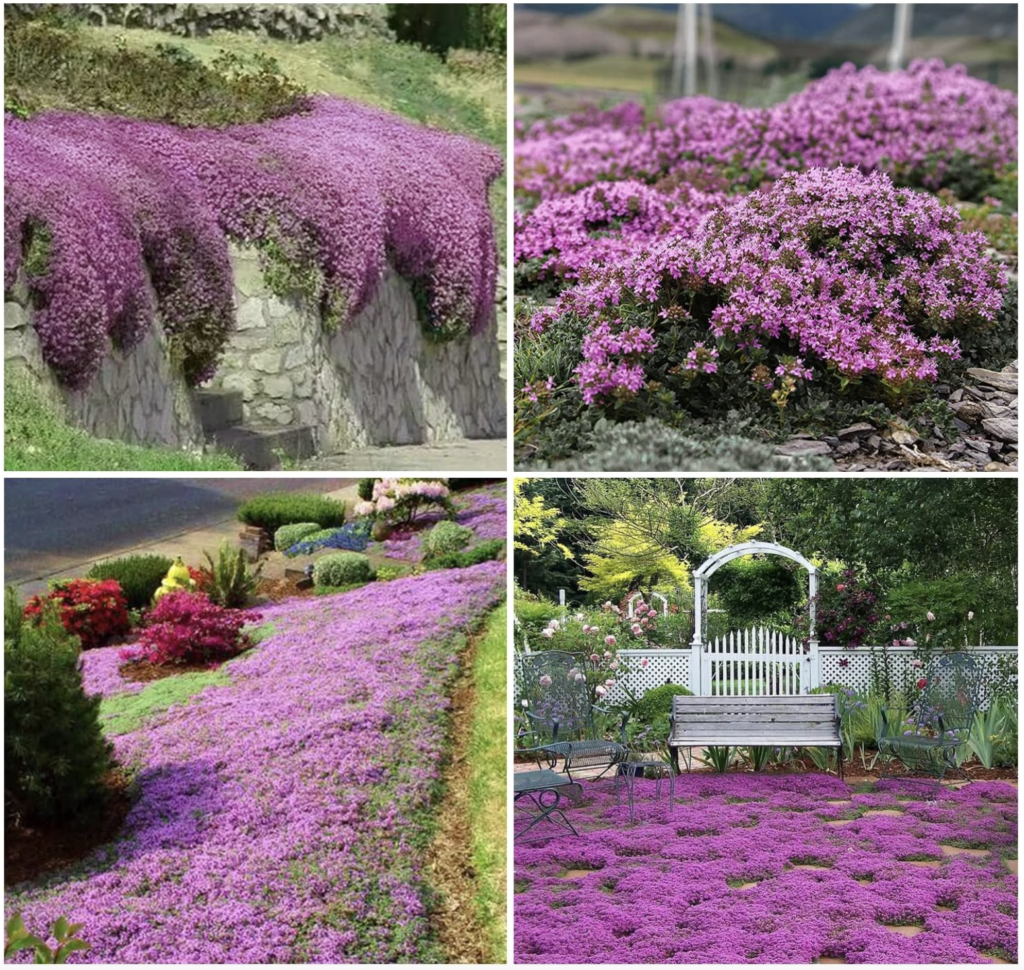Allow me to admit that I have never grown many herbs before, but this year, I hope to change that trend, In the following post, I’ll tell you about the herbs that I intend to plant and why I decided to change my previous pattern.
“Herbs have been used for thousands of years to flavor and preserve food, treat ailments, ward off pests and diseases, freshen the air, and decorate and enhance our lives. Ove the centuries they have also become associated with fascinating myths, legends, and folklore.” Complete Illustrated Book of Herbs, pg. 6.
What Is An Herb?
“In general terms, an herb is a plant that is valued for is flavor, aroma, or medicinal properties, and different parts of an herb — such as the stalks, flowers, fruits, seeds, roots, or leaves–may have important applications.” Complete Illustrated Book of Herbs, pg. 6.
Why I’m Growing Herbs in My Garden
- First, This year, I am devoting a large portion of my garden to Native Perennials, and I have realized that most of the Native Perennials are also Herbs.
- Several herbs are beautiful flowering plants, and they should be included in every perennial garden.
- I am a Cottage Gardener, and from the earliest time in history, Cottage Gardens began as a place for peasants to grow herbs for their households.
Anise Hyssop
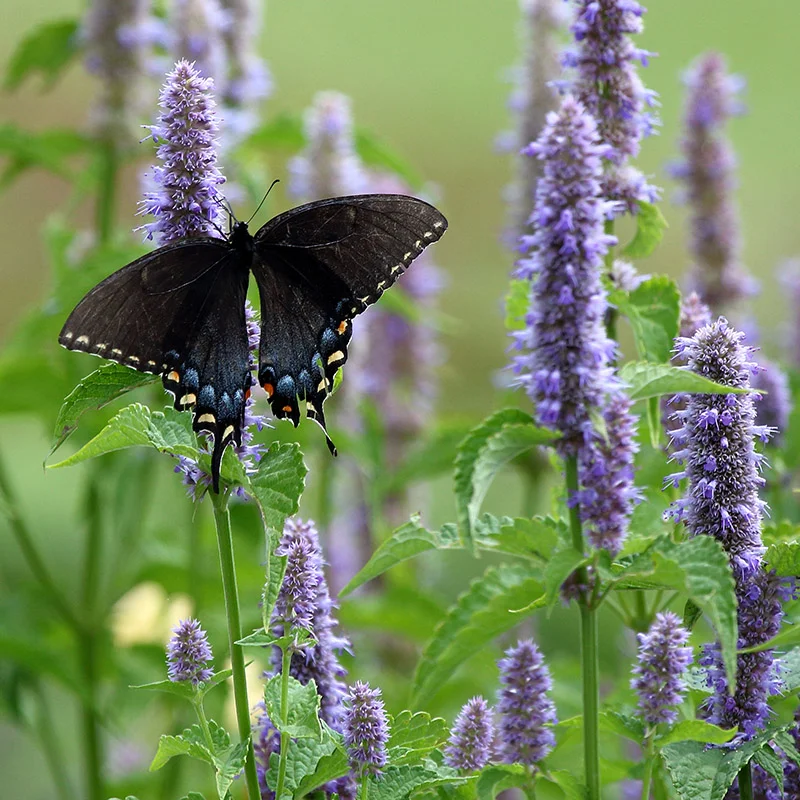
Anise Hyssop (Agastache foeniculum)
Image Credit: American Meadows
Height: 24-42″ tall
Anise Blue Hyssop is a Beautiful Native Perennial. Beyond that, I Grow This Plant As a Pollinator. But It Is Also an Herb,
“Many agastaches have fragrant foliage, their scents range from anise to mint and citrus. The leaves are used to make herbal tea, for flavoring, and in medicines, while the ornamental flower spikes, which attract beneficial insects, make a pretty addition to salads. Complete Illlustrated Book of Herbs
Other common names for Agastache Hyssop: Anise mint, giant blue hyssop, licorice mint
Another Variety of Agastache Hyssop is Hummingbird Mint
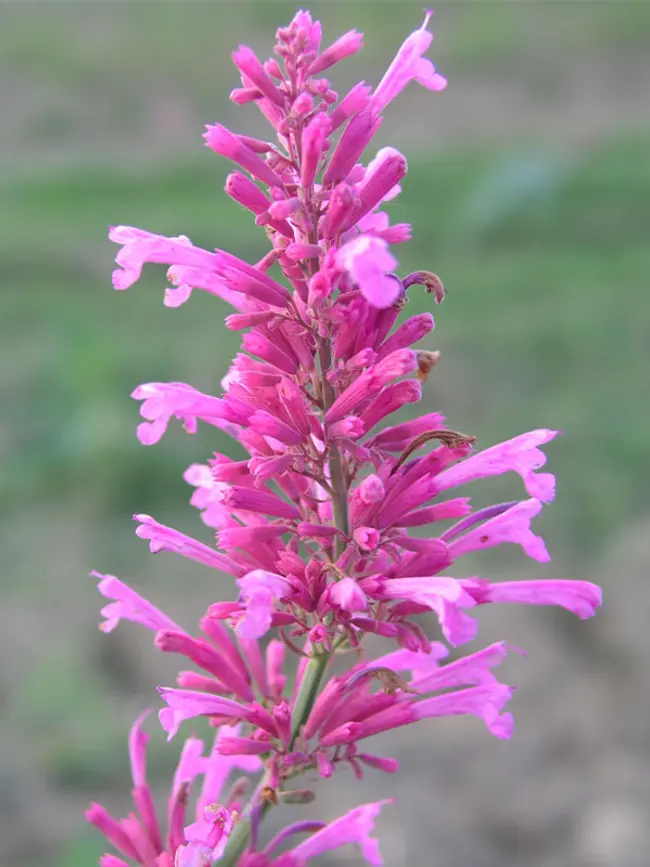
Hummingbird Mint (Agastache cana)
Image Credit: Bluestone Perennials
Height: 3′
Artemisia
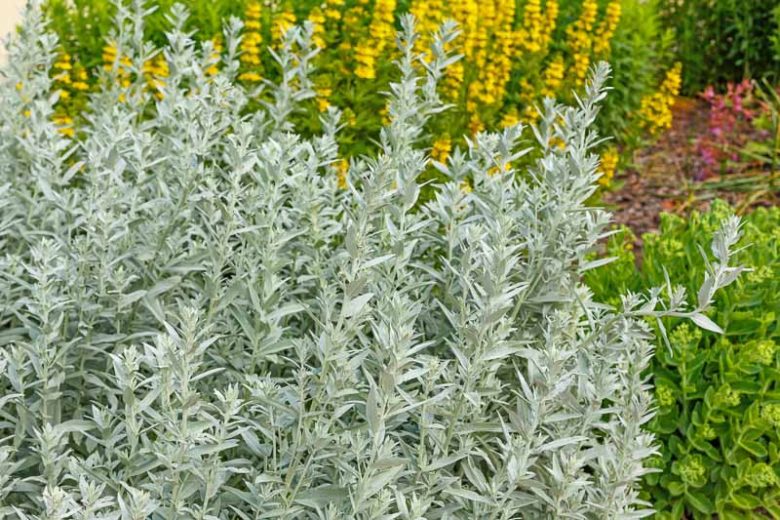
White Sage (Artemisia ludoviciana)
Image Credit: gardenia.net
Height: 12 – 36″
Artemisia – White Sage – A Plant Traditionally Used by Native Americans

Artemisia ‘Oriental Limelight'(Wormwood ‘Oriental Limelight’
Image Credit: Hooks Green
Height: 24″ – 36″
Spreads rampantly.

Artemesia Wormwood (Artemisia absinthium)
Image Credit: Wikipedia
Height: 24 – 36″

Diana and Cupid Painted by Pomeo Batoni at the Metropolitan Museum of Art 1761
“Artemesia was named for the Greek goddess Artemis. In Ancient Greek Mythology, Artemis was the name of the goddess who was called Diana in Ancient Rome. Artemis was the goddess of the hunt. She is usually depicted as holding a bow and arrows. In this painting, Artemis has the bow, but Cupid [called Eos in Ancient Greece] has the quiver of arrows.” “Diana and Cupid.” The Metropolitan Museum of Art,” www.metmuseum.org/art/collection/search/435622. Accessed 4 Sept. 2022.
“Common wormwood (Artemisia absinthium) is a perennial herb used in the alcoholic beverages absinthe and vermouth. The bitter-tasting plant has been used for centuries for medicinal purposes to reduce pain and swelling and to treat digestion problems, intestinal worms, and skin infections. Other species of wormwood are also used medicinally.
Basil
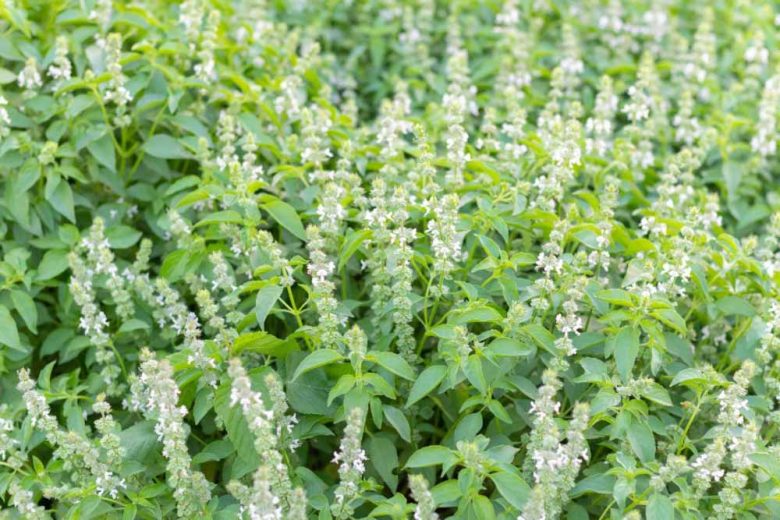
Image Credit: gardenia.net
How to Make Basil Oil
https://www.skinnytaste.com/basil-oil\ow To Make Basil Olive Oil
- Wash and dry the basil.
- Place the basil, water, garlic, salt and red pepper flakes in mini-food processor and blend.
- Add the olive oil and pulse a few times until you have a smooth sauce.
How long does basil oil keep?
“It’s best to use infused oil the same day. To avoid botulism, according to the USDA, garlic in oil should be made fresh and stored in the refrigerator at 40For lower for no more than 7 days. It may be frozen for several months. and can be stored in the refrigerator 2 to 3 days, although the color may change.
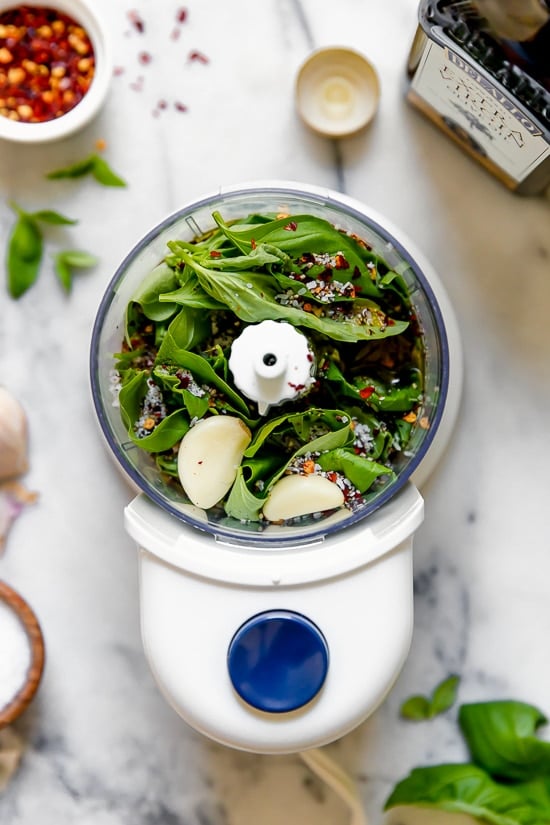
Health Benefits of Basil
“Basil is not only a popular folk remedy for ailments like nausea and bug bites but also widely utilized in traditional Chinese medicine, Ayurvedic medicine and other holistic medicine systems….
Potential Benefits of Sweet Basil
“Below is a summary of potential benefits of extracts of sweet basil, primarily based on mouse and test-tube studies. Whether the same results would occur in people is uncertain.
“Preliminary studies suggest sweet basil may:
- Reduce memory loss associated with stress and aging
- Reduce depression related to chronic stress .
- Reduce stroke damage and support recovery, whether given before or right after a stroke.
- Improve fasting blood sugar, cholesterol and triglycerides.
- Reduce blood pressure in people with hypertension
- Relax blood vessels and thin your blood, similar to aspirin
- Protect against aspirin’s damage to your gut, particularly preventing ulcers .
- Prevent certain cancers, including of the breast, colon and pancreas
- Increase mental alertness when inhaled as aromatherapy.
- Inhibit the growth of bacteria that cause dental decay
- Improve food safety, such as if integrated into food packaging by manufacturers
- Provide an alternative to antibiotics for infectious diseases, including combating antibiotic-resistant strains of bacteria
- Repel insects, such as mosquitos and ticks ” Healthline
Basil Has Antiseptic Properties. Mix Oil of Vapor with Other Cleaning Fluids
Bergamot
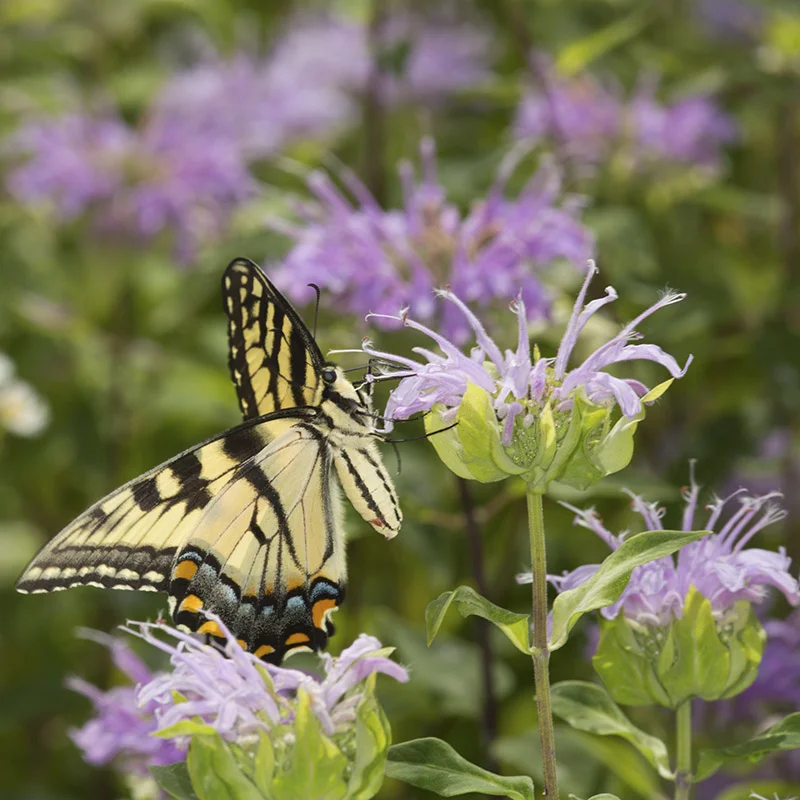
Wild Bergamot (Monarda fistulosa)
Image Credit: American Meadows
Height: 24 – 48″ tall
Borage

Borage (Borago officinalis)
Image Credit: Old Farmer’s Almanac
“Borage (sometimes called Star Flower) is an edible annual herb, with lovely blue flowers and both culinary and medicinal uses. Learn more about the many benefits of beautiful blue borage!
“Borage is a fast-growing herb with culsters of starry blue flowers that’s beloved by bees! It’s a wonderful companion plant for tomatoes, cabbage, strawberries and squash, helping to reduce tomato hornworm and cabbage worm damage.
Does Borage Have Health Benefits?
“Pliny the Elder (in Roman times) believed borage to be an anti-depressant, and it has long been thought to give courage and comfort to the heart. Folk law states that if a woman slipped a bit of borage into a promising man’s drink, it would give him the courage to propose!
“In 1597 the famous herbalist John Gerard even said that the syrup made from the flowers help depression. This has been borne out in modern times as science has proven the active component of borage oil is an essential fatty acid, gamma linolenic acid (GLA). Advocates now recommend star flower oil for autoimmune disorders, arthritis, eczema, and pre-menstrual stress.
Is Borage Edible?
“Borage is a versatile herb in the kitchen; the leaves are furry and become pricklier with age, so they need to be picked young and chopped finely. The stalks can be cooked like any other vegetable.
“The leaves and flowers of borage taste like cucumbers. They added to salads, used in stocks, soups and stews, or brewed to make a refreshing tea. The edible flowers add colour to summer salads, can be candied for cakes and look lovely floating in summer drinks and “mocktails.”
Bee Bush or Bee Bread?
“Other names for borage include bee bush and bee bread. It is not only a favorite plant of honeybees (with especially nutritious blue pollen) but also bumblebees and small, native bees, all of which aid pollination in the vegetable patch. At one time it was grown by beekeepers to boost honey production. A major source of nectar and pollen, it yields 200 pounds of honey per acre, and 60-160 pounds of pollen.
“Borage attracts a wide variety of beneficial insects, including tiny parasitic braconid wasps, predatory nabid bugs, and hoverflies, which eat unwelcome garden pests. It is a host plant for lacewings that lay their eggs on it and the smell is thought to repel tomato hornworms. This makes it an excellent companion plant in the garden, and it is also thought to be beneficial to strawberries, squash, and tomatoes.
Borage for Chickens?
“Chickens apparently love it too, but it is best consumed fresh when the leaves are tender. Additionally, if you spread borage over the coop, it is thought to repel pests.
Fantastic Free Mulch
“Lastly, borage even dies well! It is a big annual plant that grows fast, looks superb and then conveniently flops over as if preparing for the compost heap. It rots down quickly and is excellent when used for mulching around plants to preserve moisture and add nutrients to the soil.
As a member of the same family as comfrey and green alkanet (Boraginaceae) it has a deep tap root that mines well below those of most other plants bringing up trace minerals so is a wonderful addition to the compost heap.” Farmer’s Almanac
Calendula

Calendula (Calendula officinalis )
Image Credit: American Meadows
Height: 24″
“Calendula officinalis produces beautiful orange or yellow flowers from seed in midsummer until frost, attracting honeybees, bumblebees, and other pollen and nectar-seeking insects, as well as hummingbirds.
“Calendula self-sows readily in the garden if you allow a few flower heads to fall to the ground (or you can harvest and dry the mature flowers, save the seeds, and plant them where you want them next spring). Its flowers are edible, and its long use as a cooking herb gives the flower its common name pot marigold. Adding calendula flowers to cooked foods (grains, casseroles, breads, even desserts) gives them a lovely yellow color.
“The flowers also have a long history of use for healing, especially for wounds, inflammations of the skin, mouth, and mucous membranes, and sunburns. You’ll find extracts of calendula in many cosmetics, hair-care, and baby-care products, too.
When you harvest the blooms or handle the plants, a sticky, resinous substance with a distinctive, fruity fragrance clings to your fingers. Herbalists say these plant resins are partly responsible for the plant’s healing power.
How to Make Calendula Tea/Wash, Oil, or Salve
]”Most calendula medicinals begin with a supply of fresh or dried flowers. If you’re not growing your own, buy dried flowers intended for human use.
- To make a tea that soothes internal mucous membranes, add calendula flowers to water in a ratio of a tablespoon of fresh or two teaspoons of dried flowers to a cup of water. Bring to a boil and simmer or allow to steep for 10 minutes. You can either drink the tea or use it as a soothing wash for sunburns, rashes, or sores. Refrigerate for up to a week any tea you don’t use right away.
- To make calendula oil/lotion, fill a sterilized glass jar (of any size) with dried calendula flowers and cover the flowers with a high quality oil: olive, almond, or grapeseed work well. Cover the jar and let it sit in a cool, dark place for four to six weeks, shaking or stirring occasionally. Strain the plant material from the oil using two or three layers of cheesecloth, and refrigerate the oil until ready for use. You can rub the oily cheesecloth bag holding the spent flowers onto face or hands as a moisturizer. To help prevent the oil from going rancid, add two or three drops of benzoin essential oil or half a teaspoon of tincture of benzoin per half cup of oil, along with a few drops of rosemary or lavender oil.
- To make a healing salve, add three or four teaspoons of melted beeswax per half cup of warmed oil in a double boiler, and stir well until the mixture begins to cool. Pour it into a suitable glass or metal container and seal. If the salve is too hard, reheat it and add a bit more oil; if it’s too runny, add a bit more beeswax.” Farmer’s Almanac
“Calendula does it all! This cheerful yellow and orange flower is beloved by pollinators and a great cutting flower; the more you harvest, the more she flowers—well into fall. Plus, calendula is edible, providing both food and healing medicine. Learn more about one of my favorite flowers, including growing tips.
Benefits of Calendula
Included in a mixed bouquet, calendula (Calendula officinalis) flowers—also called “pot marigold—are sure to gladden the hearty of the recipient. Irresistible waves of bright yellow and orange daisy-like flowers greet me on my morning rounds, lifting my mood even on the worst of days.
- Calendula blossoms can be used in cooking—eaten fresh in salads, added to rice, or dried and used as a poor man’s saffron, calendula petals make an ordinary meal seem special. See our recipe for Mixed Greens With Calendula.
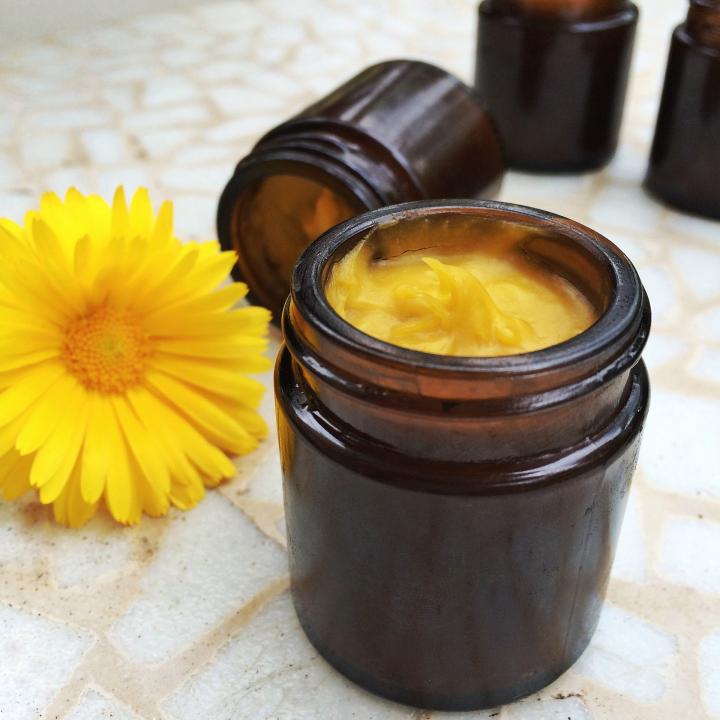 =Calendula has “Calendula has been used medicinally for centuries. Ancient Romans grew them to treat scorpion stings! In the Middle Ages calendula was a common remedy for everything from smallpox to indigestion. Today’s herbalists use it to make a healing salve for sunburn, chapped lips, minor burns, cuts, and scrapes. See more about calendula’s healing properties.
=Calendula has “Calendula has been used medicinally for centuries. Ancient Romans grew them to treat scorpion stings! In the Middle Ages calendula was a common remedy for everything from smallpox to indigestion. Today’s herbalists use it to make a healing salve for sunburn, chapped lips, minor burns, cuts, and scrapes. See more about calendula’s healing properties.
- Calendula is a wonderful companion plant in the garden. Bees and native pollinators are drawn to these flowers, making them a useful addition to your vegetable garden. Plus, calendula repels many pests!
Enjoy seeing calendula in the garden!
Types of Calendula
“The calendula family includes about 20 species of bushy annuals and a few perennials that are native from the Canary Islands through the Mediterranean area to Iran. They were found growing wild in the Holy Land by crusaders who brought them back to Europe. Legend has it that St. Hildegard of Bingen gave the plant the name “Mary’s gold” in honor of the Virgin Mary. To this day calendulas are sometimes called “pot marigolds” though they are unrelated to regular garden marigolds (Tagetes).” Farmer’s Almanac
Catnip
Catnip (Nepeta cataria) Native
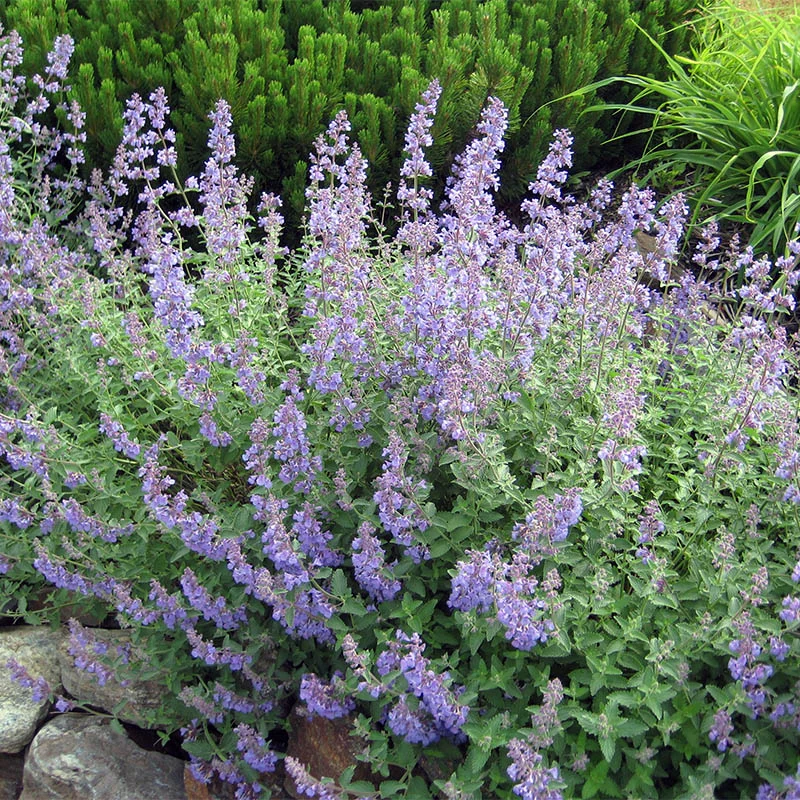
Catmint ‘Walker’s Low’ Nepeta (Nepeta faassenii) – Not Native
Image Credit: American Meadows
Height: 24-30″ tall
Catmint (Nepeta x faassenii) Not Native
“Few plants are as beloved by our pollinators, or our cats, as catmint. A herbaceous perennial that needs little care, catmint will provide your garden with years of color and habitat. Learn how to plant, grow, and care for catmints.
About Catmint
“Catmints belong to the genus Nepeta in the mint family. There are about 250 species in the genus, and many are called catmints. Catnip, the famous feline pleaser, is Nepeta cataria. Thus, there is some confusion with names–all catnips are catmints, but not all catmints are catnip. Confused? It’s like how all squares are rectangles, but not all rectangles are squares. For this article, we’ll consider catmint to be any member of the Nepeta genus besides N. cataria.
“Catmints are generally a better landscaping plant, and blooms are available in whites, pinks, lavenders, blues, and purples. They have a tidier form than catnip and are available in several sizes to suit containers, borders, or beds. One of the more popular catmints is the hybrid Nepeta x faassenii and its cultivars. It is sterile, so there is no need to worry about spreading.
“Catmints are wonderful perennials for pollinators, even though they are not native. Their long bloom time and tubular-shaped flowers make them a favorite. Catmints are attractive to native bees and honeybees alike. Best yet? Many gardeners, including myself, report that deer won’t touch their catmint (and my deer will eat anything).
Okay, but will my cat like it?
The chemical that makes cats go bonkers is nepetalactone, a volatile oil found in the plant. Bruising or eating the leaves exposes the cat (or us) to the chemical, which acts like a pheromone to the cat–not to humans. Most catmints have a lower concentration of nepetalactone than catnip, but many cats still love it.” Farmer’s Almanac.
Celery

Celery (Apium graveolens)
Image Credit: Bonnie’s Plants
Height: 24″
Space: 10″ – 12″
“This crunchy staple tastes best when harvested fresh from the garden. Early maturing stalks are crisp and flavorful. Plants grow well in most regions of the country, but no matter where you grow them, be sure to water regularly for best results. When harvesting, cut the outside stalks first. If stalks begin to sprawl as they grow, tie them together loosely with garden twine. Both stalks and leaves are edible; eat them raw, or use them in stir-fries, soups, and casseroles.” Bonnie Plants
Chives
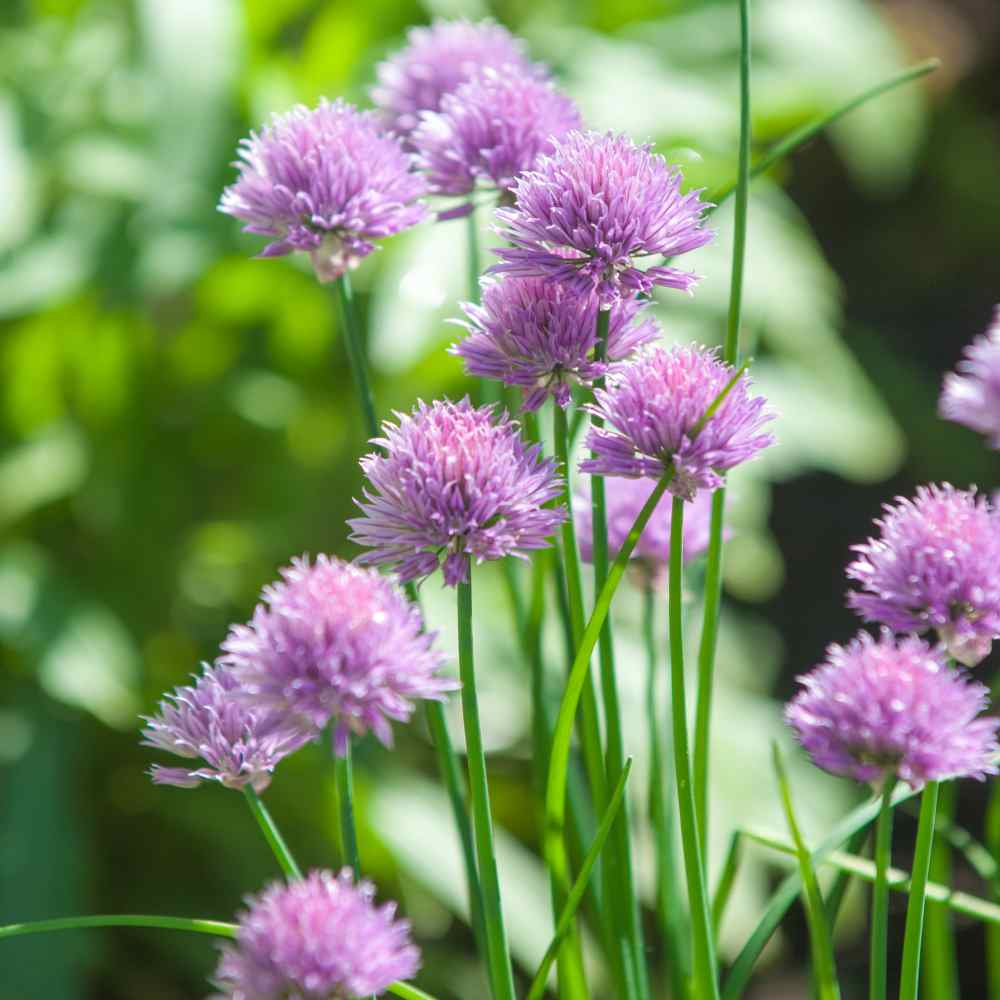
Chives (Chives (Allium Schoenoprasum)
“Chives (Allium Schoenoprasum) – Great for dressing up potatoes and spicing up salads, Chives are easy-to-grow from herb seeds, and their lavender flowers make an attractive clump or edging in gardens. Chives are a must-have kitchen drought tolerant herb and are perfect for almost any savory dish. The Chives herb has tubular leaves that add a delicate onion flavor to cooking. They also make a nice garnish too with flower heads that can be used! The flowers have an even milder onion flavor. As soon as the leaves have reached several inches in height, you can start harvesting the desired amounts for the kitchen. Cut the leaves with scissors, leaving 1 – 2 inches above the ground. Begin at the outside edge of the plant and work toward the center. Chop the leaves and use fresh or freeze for year-round use.
“Chives herb uses include being companion plants to repel insect pests. Plant these xeriscape herb seeds near almost any plant that is bothered by insect pests and the Chives will instantly drive them away.
“How To Grow Chives From Herb Seed: After danger of frost, sow Chives seeds in open ground well exposed. Cover Chive seeds 1/8 inch with loose soil. Keep moist until germination. Regular cutting helps keep plants vigorous and healthy and encourages spreading. Keep flowers picked to discourage dormancy in warm weather. Divide clumps every 2-3 years.
“Approximate Seeds Per Ounce: 25,000” Outsidepride Seeds
Chives Recipes
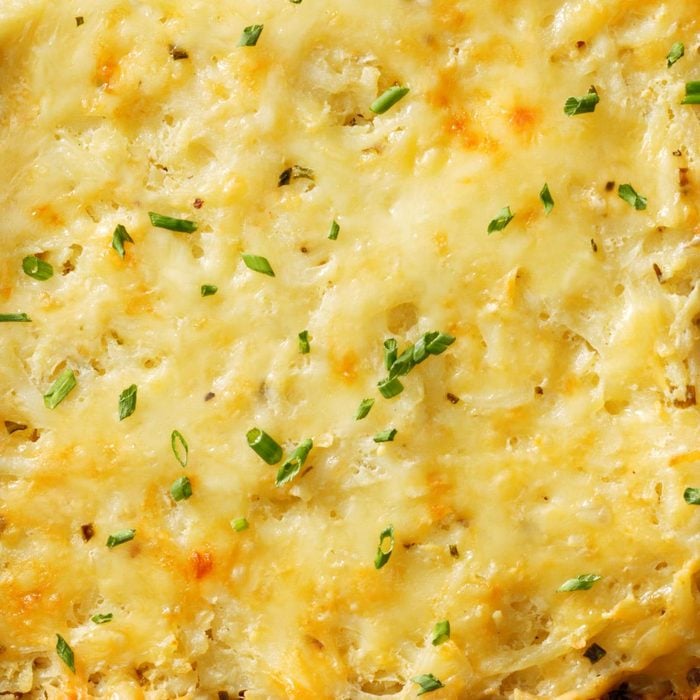
image and Recipe Credit: Taste of Home
Cheddar Chive Onion Scalloped Potatoes
Ingredients
- 5 pounds Yukon Gold potatoes, peeled and cut into 1-inch pieces (about 10 cups)
- 1 cup butter, cubed
- 1 cup sour cream
- 2 teaspoons salt
- 3/4 teaspoon pepper
- 1/2 cup heavy whipping cream
- 2 packages (20 ounces each) refrigerated shredded hash brown potatoes
- 2 cups shredded Swiss cheese
- 3 tablespoons minced fresh chives, divided
- 2 tablespoons butter, cubed
Preheat oven to 375°. In a Dutch oven, combine the first 5 ingredients; cook and stir over medium heat until blended. Stir in potatoes.
- In a greased 13×9-in. or 3-qt. baking dish, layer a third of the hash brown mixture and 2/3 cup Swiss cheese; sprinkle with 1 tablespoon chives. Repeat layers. Top with remaining hash brown mixture and cheese; dot with butter.
- Bake, covered, 35 minutes. Bake, uncovered, until edges begin to brown and potatoes are heated through, 10-20 minutes longer. Let stand 10 minutes before serving. Sprinkle with remaining chives.
Dandelion
Taraxacu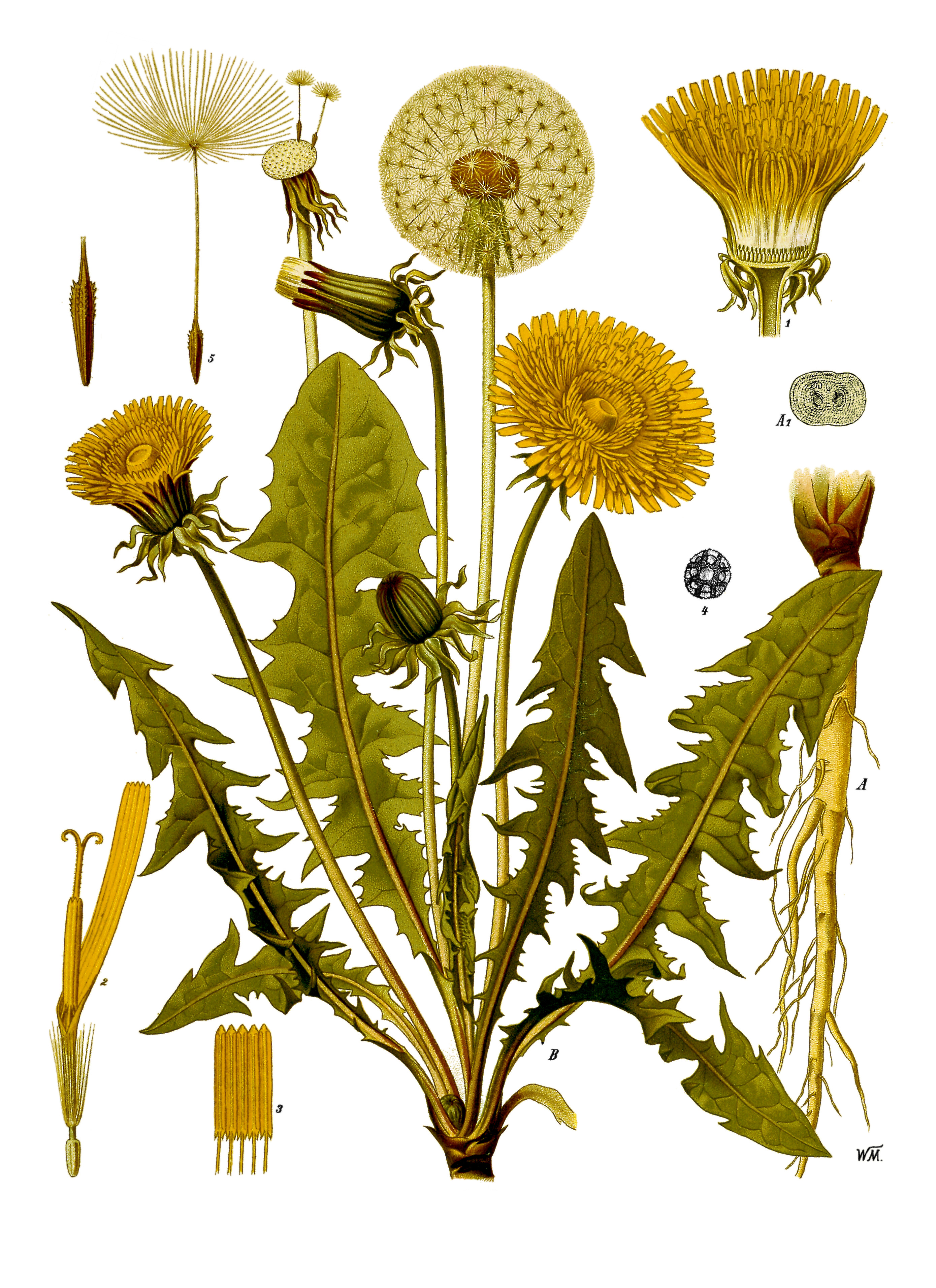 m officinale
m officinale
Image Credit: Wikipedia
“Think Dandelions Are Just A Weed? Think Again!
“Though commonly viewed as a weed, dandelions are beneficial in so many ways, and can be a tasty and healthful addition to your diet, helping to boost immunity and more. See the list!
How Did They Get Here?
“Dandelions came to North America right around the same time as the first European settlers. Their name is an Anglicized version of the French phrase dent de lion, meaning “lion’s tooth,” after the plant’s broad, toothy leaves. They are now found throughout the Northern Hemisphere, in North America, Europe, and Asia.
A perennial plant, dandelions reproduce by means of the well-known parachute-like seedpods that appear in the stalk after the flower wilts. These wispy growths detach from the plant and spread on the wind.
Can You Eat Dandelions?
“For centuries, dandelions have been valued as a natural remedy for numerous ailments, including hepatitis, kidney stones, and diabetes. They are said to promote a healthy liver and kidneys.
“Dandelion greens are a rich source of vitamins and minerals, including vitamins A, C, and K, calcium, potassium, iron, and manganese. In fact, dandelion greens are a good prebiotic, meaning they may help increase the friendly bacteria in the gut which can boost the immune system.
“Some research indicates that dandelion may have antimicrobial and antiviral properties, which could support your body’s ability to fight infection. Other studies found that dandelion extract significantly reduced the ability of viruses to replicate.
“In addition, every part of the plant is edible. Fresh dandelion leaves have a sharp, bitter flavor that many find pleasing in salads. Just substitute them for lettuce in your favorite recipe, or mix them with other greens for a mellower flavor. Cooking them lessens their bite, and they are also popular sautéed or in soups. The flowers are often used to make a distinctive wine (recipe below).
Recipe for Sauteed Dandelion Leaavs
INGREDIENTS
-
- 1 pound dandelion greens|
- ½ cup chopped onion
- 1 clove garlic, minced
- 1 whole small dried hot chili pepper, seeds removed, crushed
- ¼ cup cooking oil
- salt and pepper to taste
- Parmesan cheese to taste
INSTRUCTIONS
-
Rinse dandelion greens in salted water.
-
Cut leaves into two-inch pieces, and cook uncovered in a small amount of salted water, about 10 minutes or until tender.
-
Sauté onion, garlic, and chili pepper in oil.
-
Drain greens and add to onion and garlic mixture.
-
Serve with grated Parmesan cheese, salt, and pepper to taste. Farmer’s Almanac
Dandelion Soup Recipe
INGREDIENTS
-
- 2 pounds dandelion greens
- 1 tablespoon olive oil
- 4 cups vegetable stock
- 2 large leeks, light parts only, sliced
- 1 carrot, diced
- 2 ½ cups milk
- 1 tablespoon Dijon mustard
- salt and pepper to taste
INSTRUCTIONS
-
Blanch dandelion greens in a pot of boiling salted water.
-
Drain and squeeze out excess water, chop, and set aside.
-
Heat olive oil in a large pot over medium-high heat.
-
Add greens, carrot, and leeks and cook, stirring often, for 15 minutes.
-
Add vegetable stock and simmer for about 15 minutes.
-
Reduce heat to medium and whisk in milk.
-
Cook, stirring frequently until slightly thickened.
-
Add Dijon mustard and purée mixture in a blender until smooth.
-
Season with salt and pepper to taste. Farmer’s Almanac
Dandelion Wine Recipe
INGREDIENTS
-
- 3 quarts dandelion blossoms
- 1 gallon water
- 2 oranges, with peel, preferably organic
- 2 lemons, with peel, preferably organic
- 3 pounds sugar
- 1 package wine yeast, available online
INSTRUCTIONS
-
Collect the blossoms in the morning when they are fully open. Clean thoroughly and drain. For a more delicate flavor, separate the petals from the green base.
-
Bring the water to a boil and pour it over the flowers in a large pot. Cover and let steep for 24-48 hours.
-
Peel the rind off lemons and oranges. Remove white pith, which will add bitterness. Slice the remaining fruit. Add the orange and lemon peels to the flower-water mixture and bring to a boil.
-
Remove from heat, strain out solids, then add the sugar, stirring until it is dissolved. Allow to cool.
-
Add the remaining fruit slices, yeast, and cover with cheesecloth to ferment. When the mixture has stopped bubbling (anywhere from 2 days to three weeks), fermentation is complete.
-
Strain the liquid through several layers of cheesecloth and transfer to sterilized bottles.
-
Cork the bottles and store in a cool, dark place for at least six months before drinking for best flavor. Farmer’s Almanac
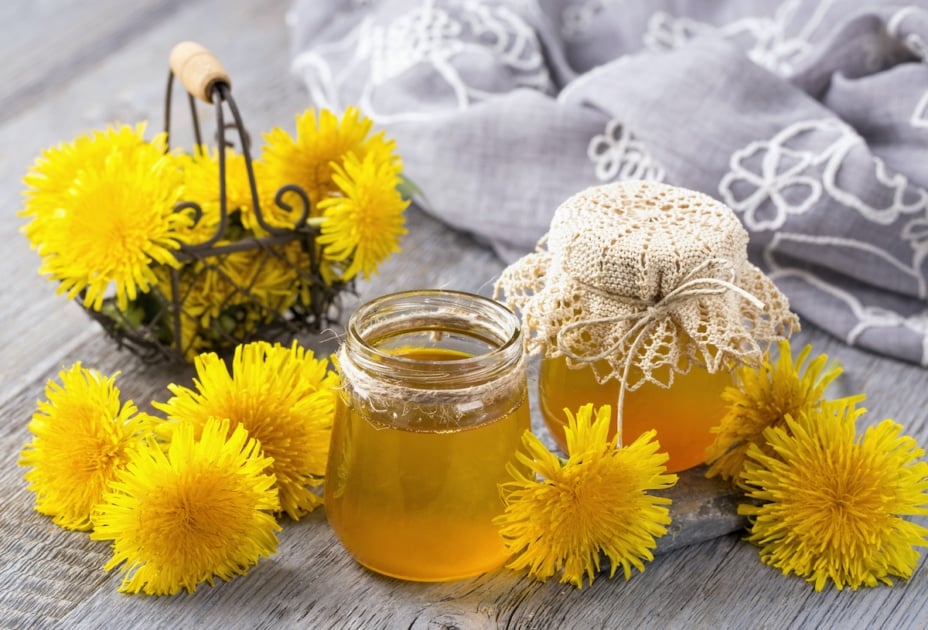
Dandelion Jelly Recipe
Black swallowtail caterpillar on dill flowers.
Image Credit: Farmer’s Almanac

Works Cited
The Complete Illustrated Book of Herbs: Growing, Health and Beauty, Cooking, Crafts. 2009.
file:///Users/jackikellum/346820219-The-Complete-Illustrated-Book-to-Herbs-pdf.pdf
“White Sage: Artemisia Ludoviciana.” United States Department of Agriculture, plants.usda.gov/DocumentLibrary/plantguide/pdf/pg_arlu.pdf.
Discover more from Jacki Kellum
Subscribe to get the latest posts sent to your email.
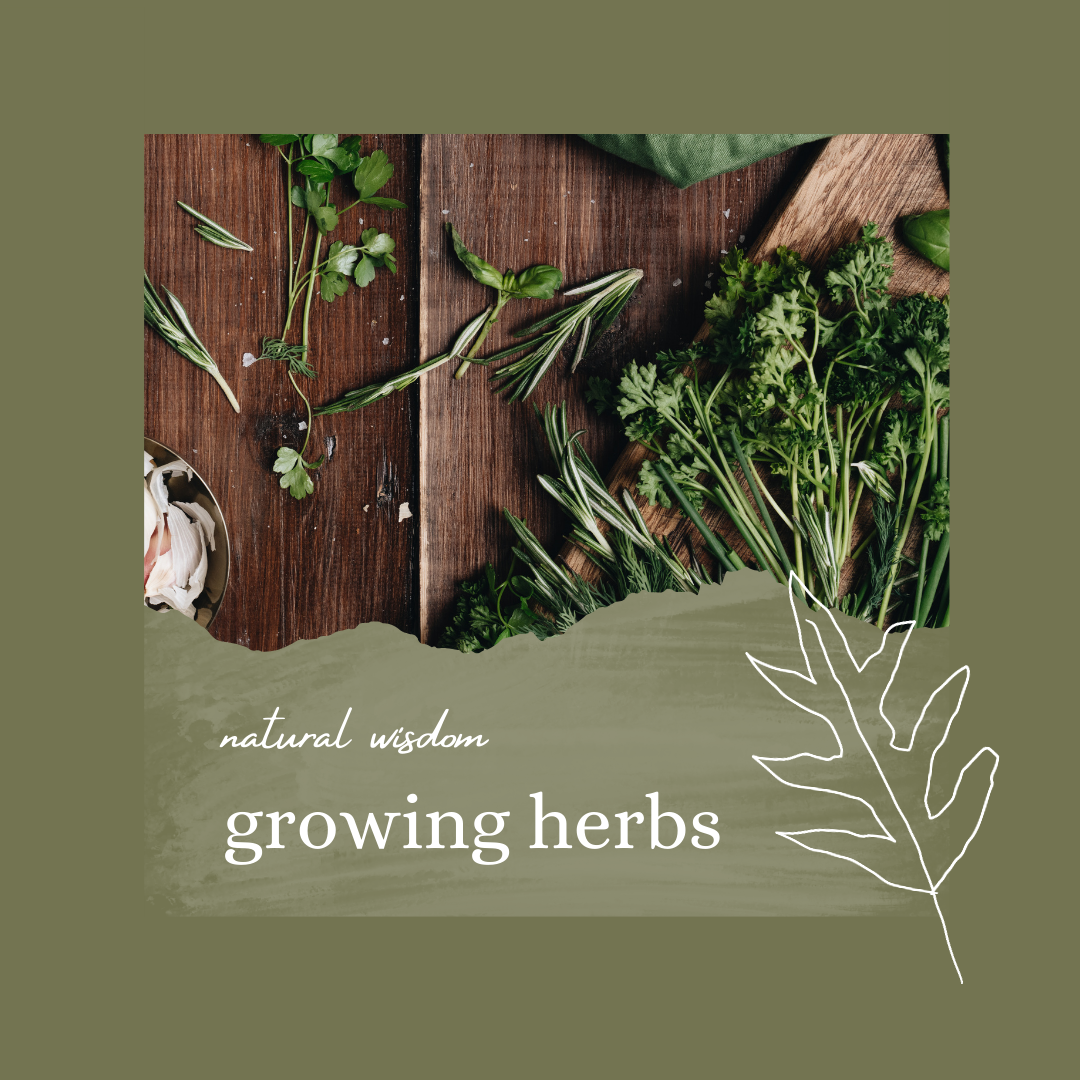

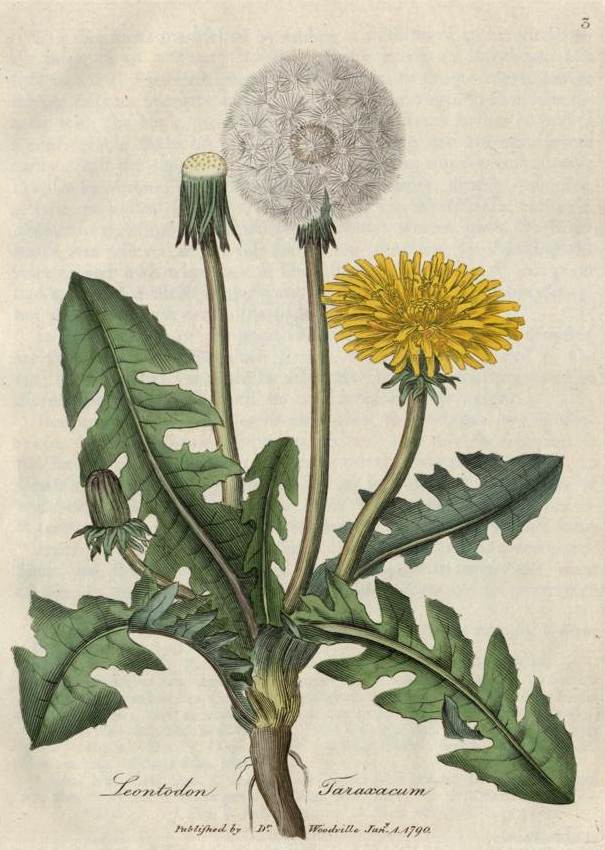

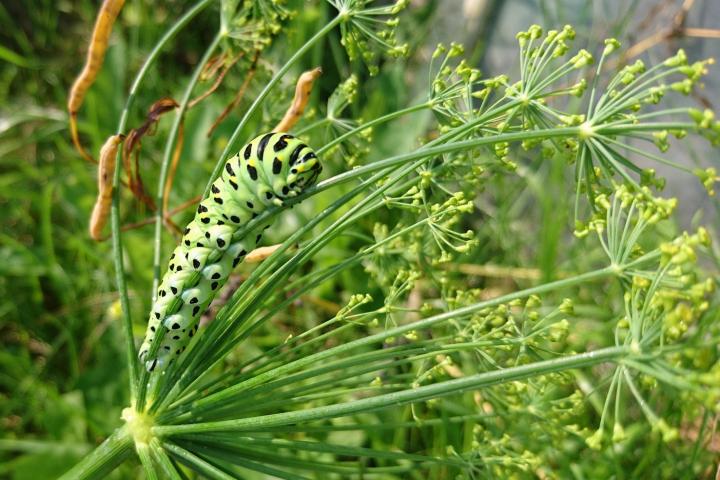



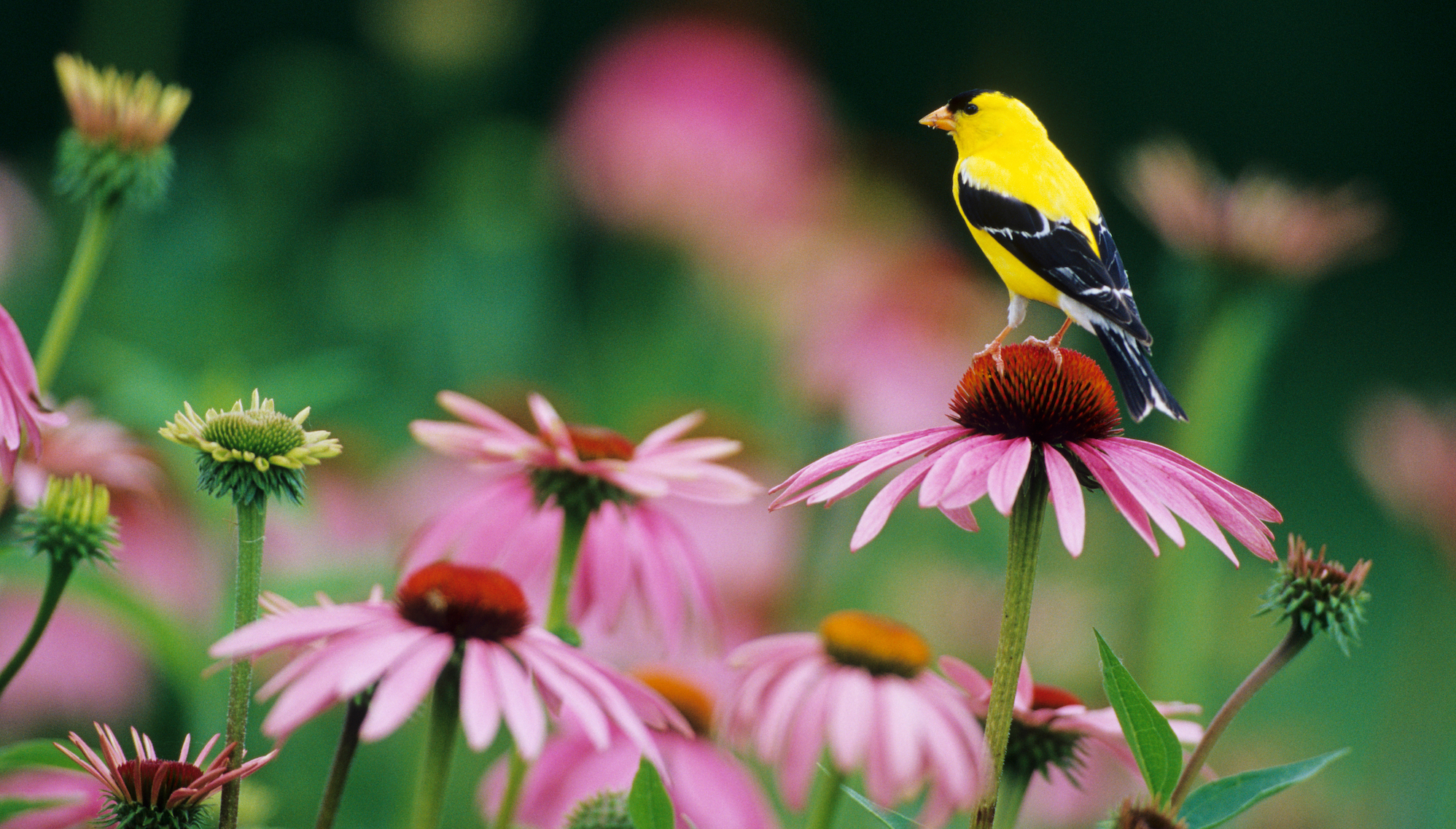
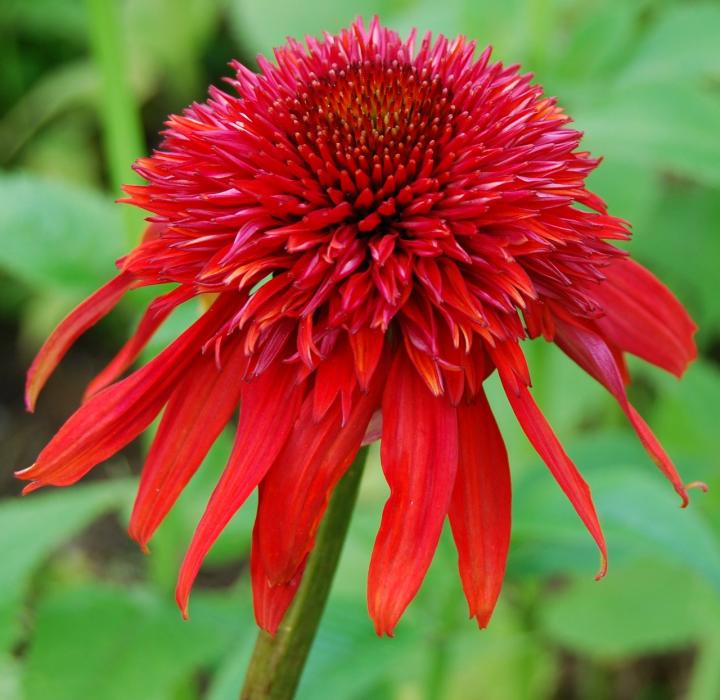
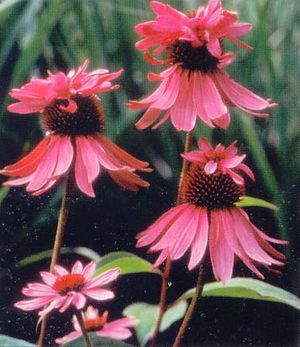

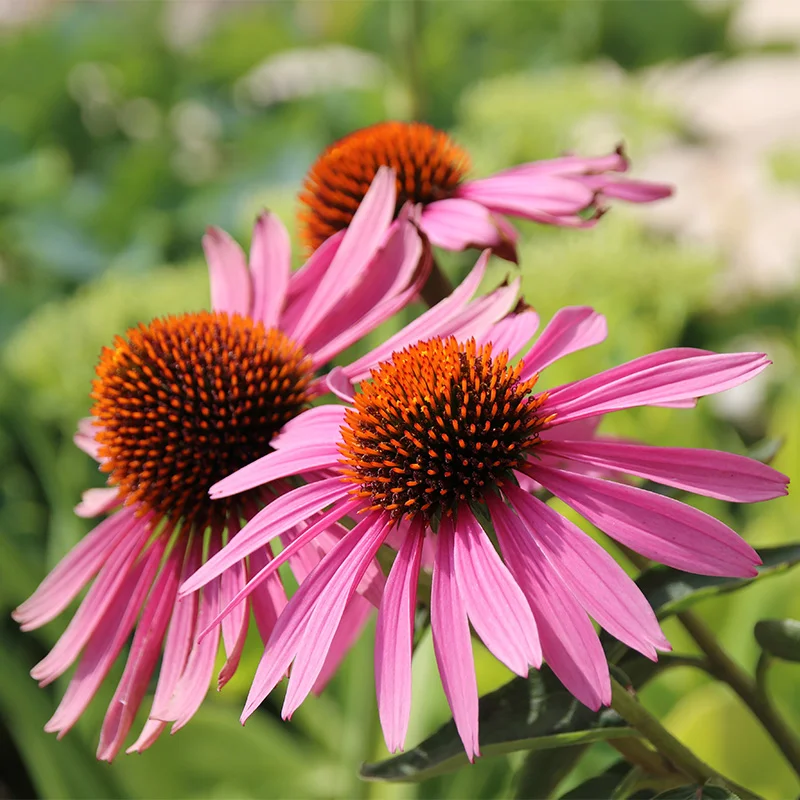
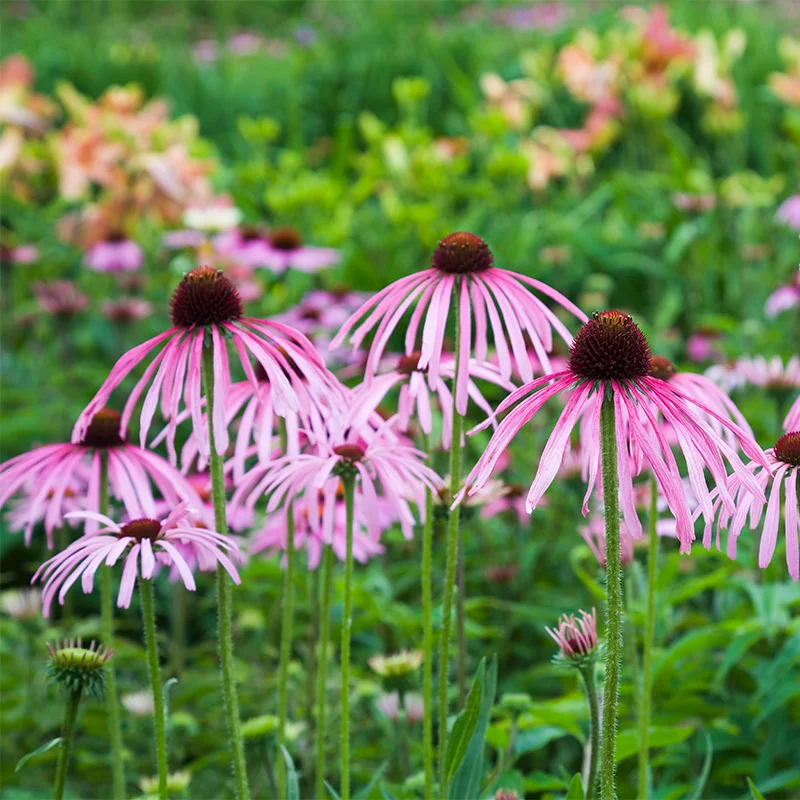


:max_bytes(150000):strip_icc():format(webp)/growing-pink-evening-primrose-5076325-hero-9e96a3f3b2b541f498cfad06169a816f.jpg)



 –
–